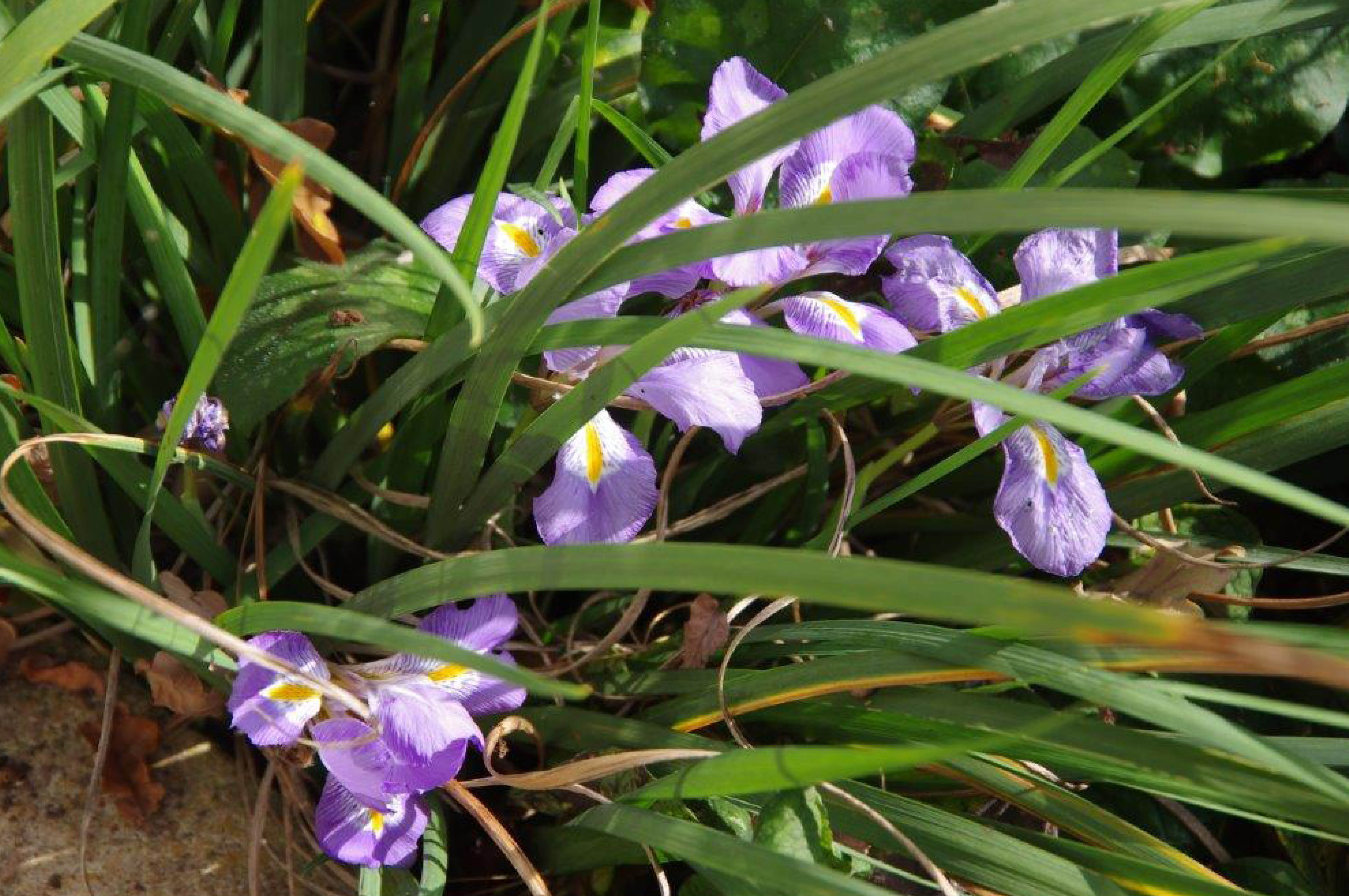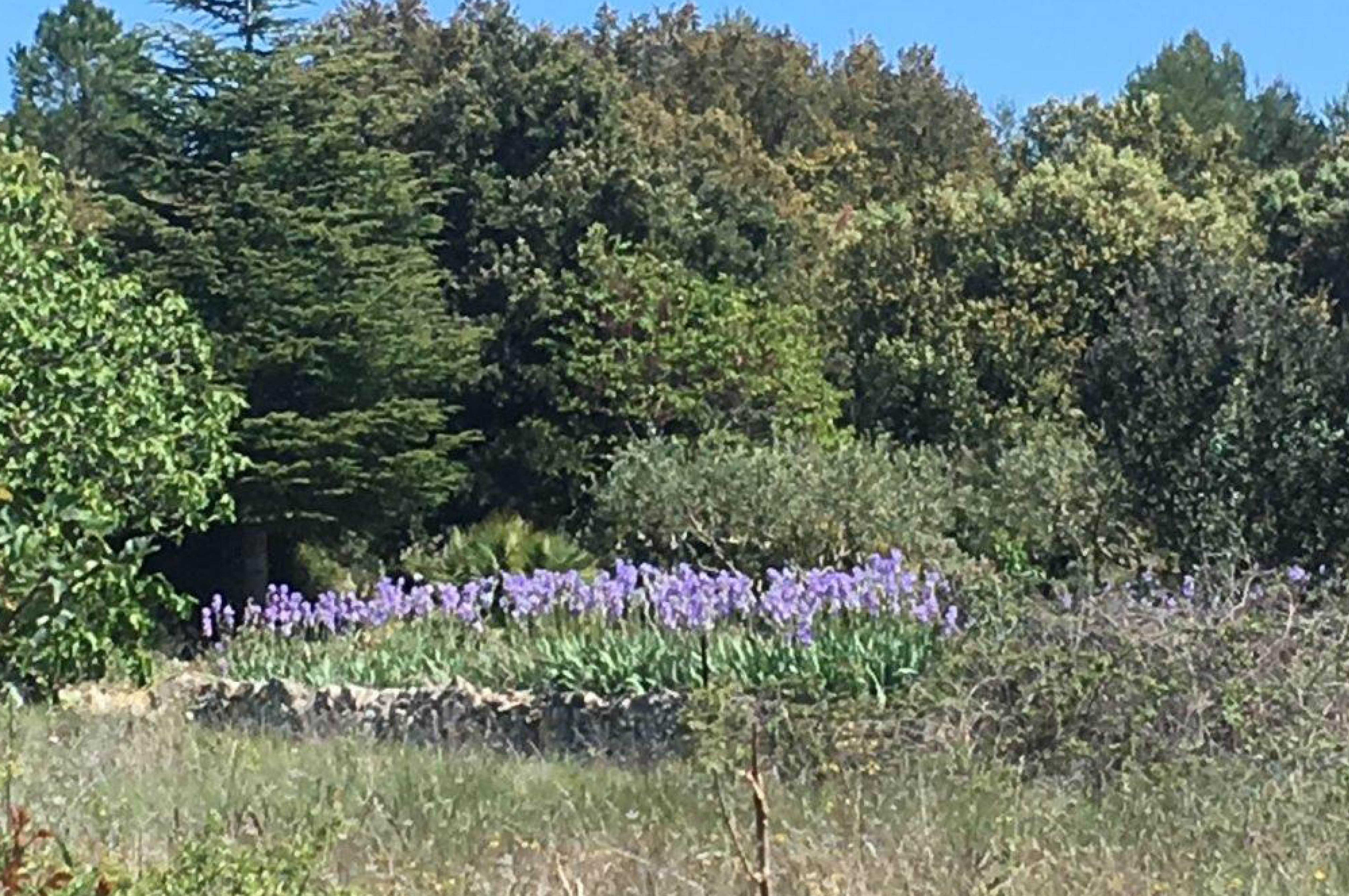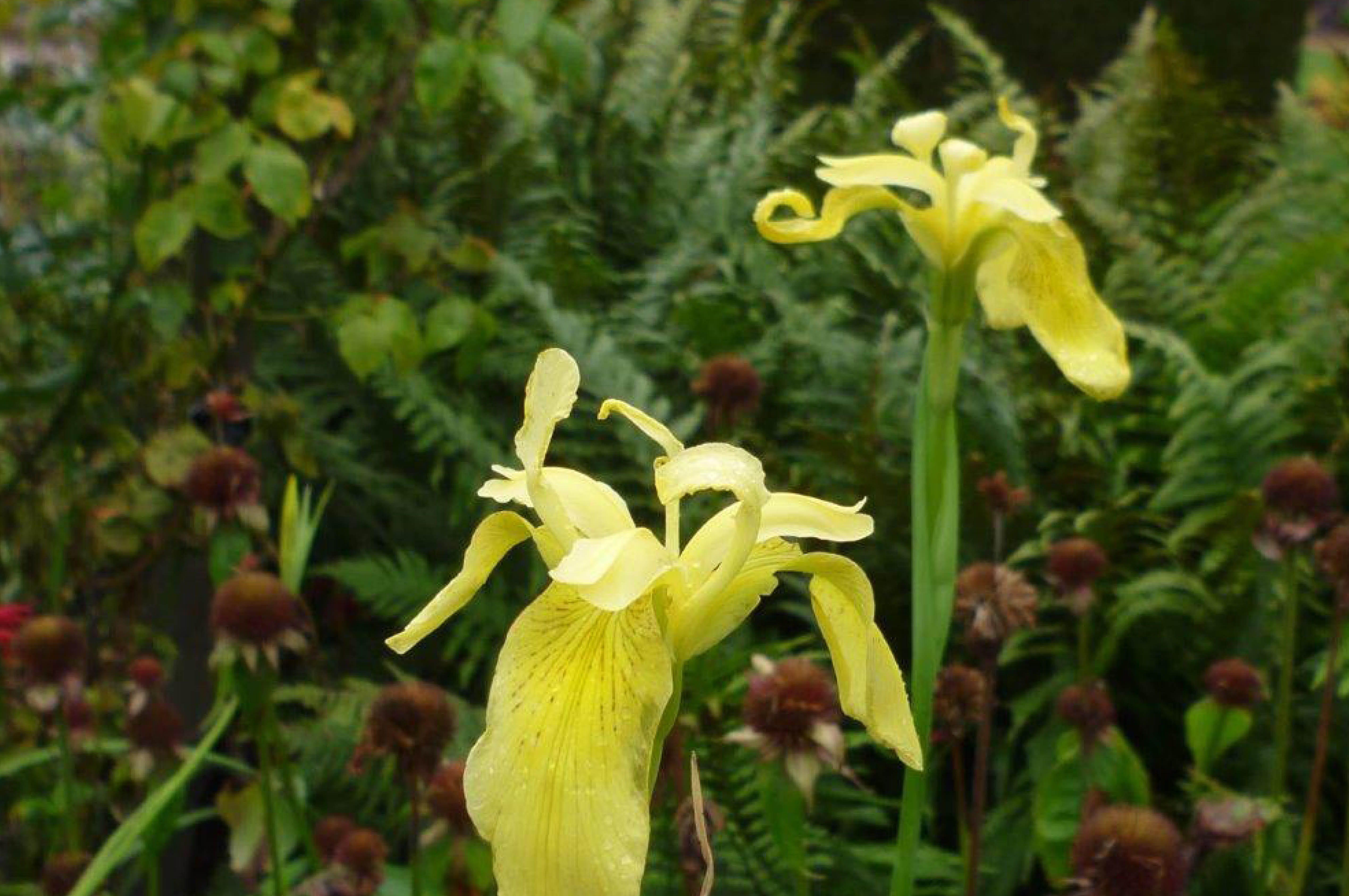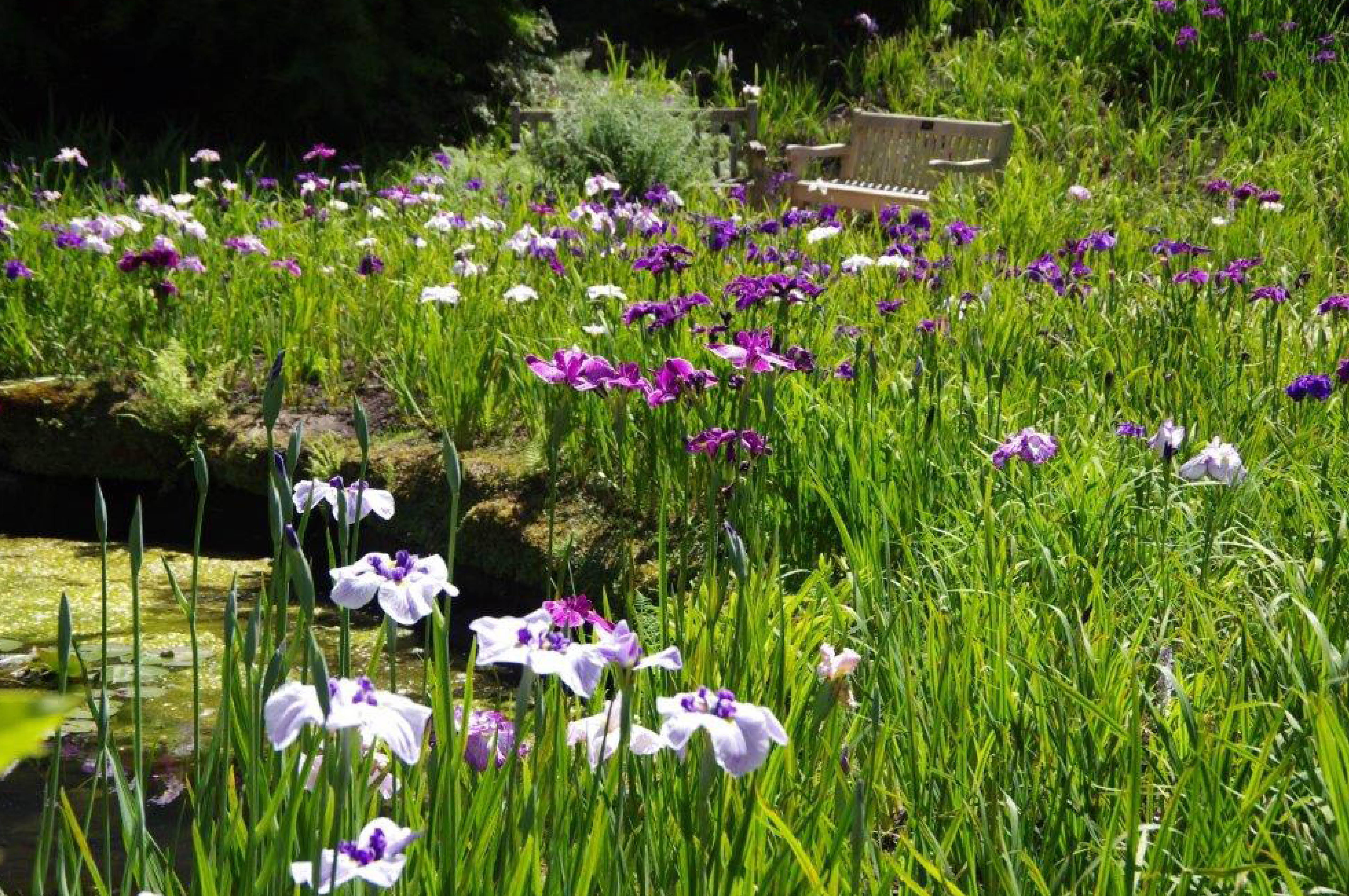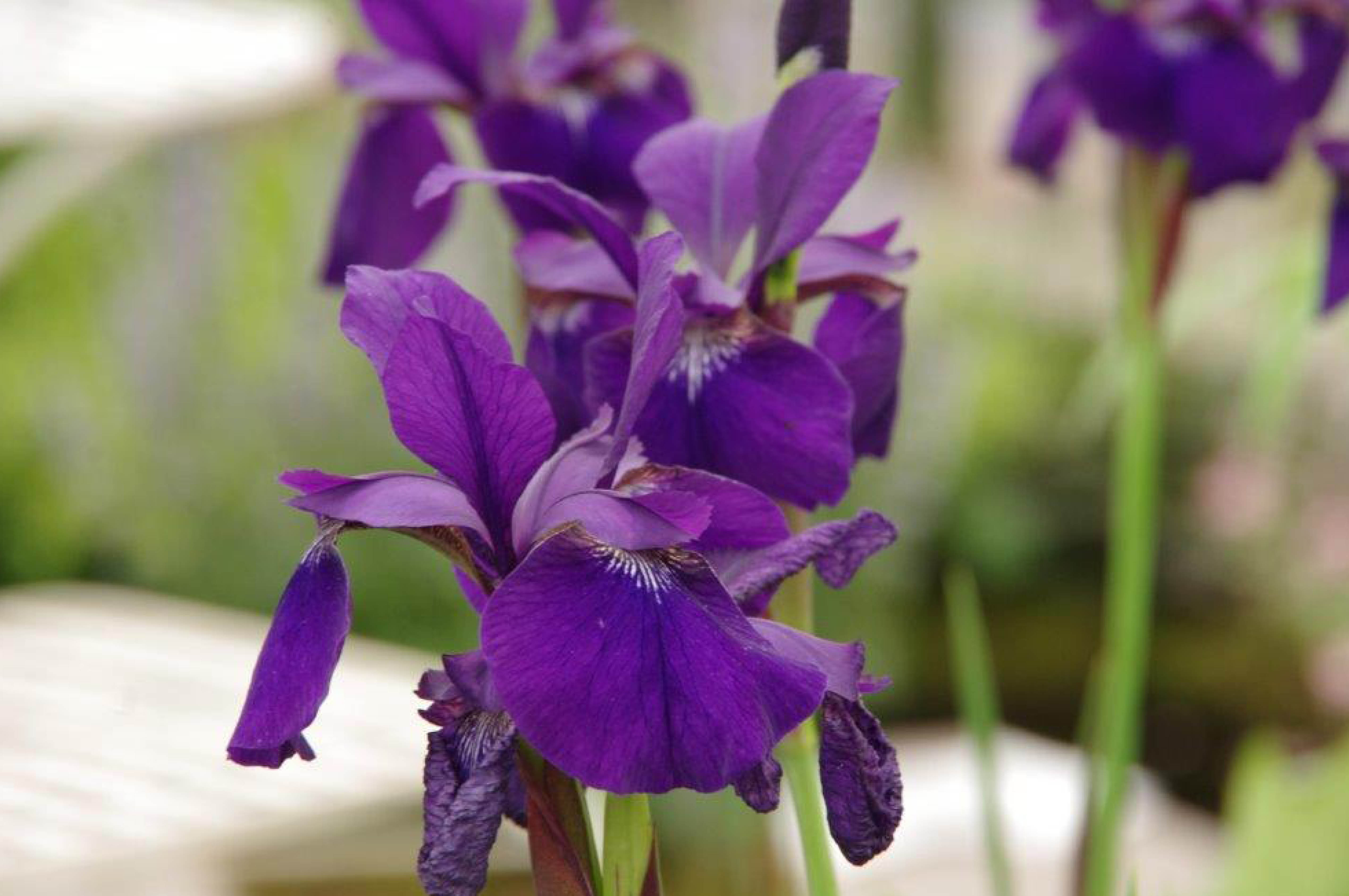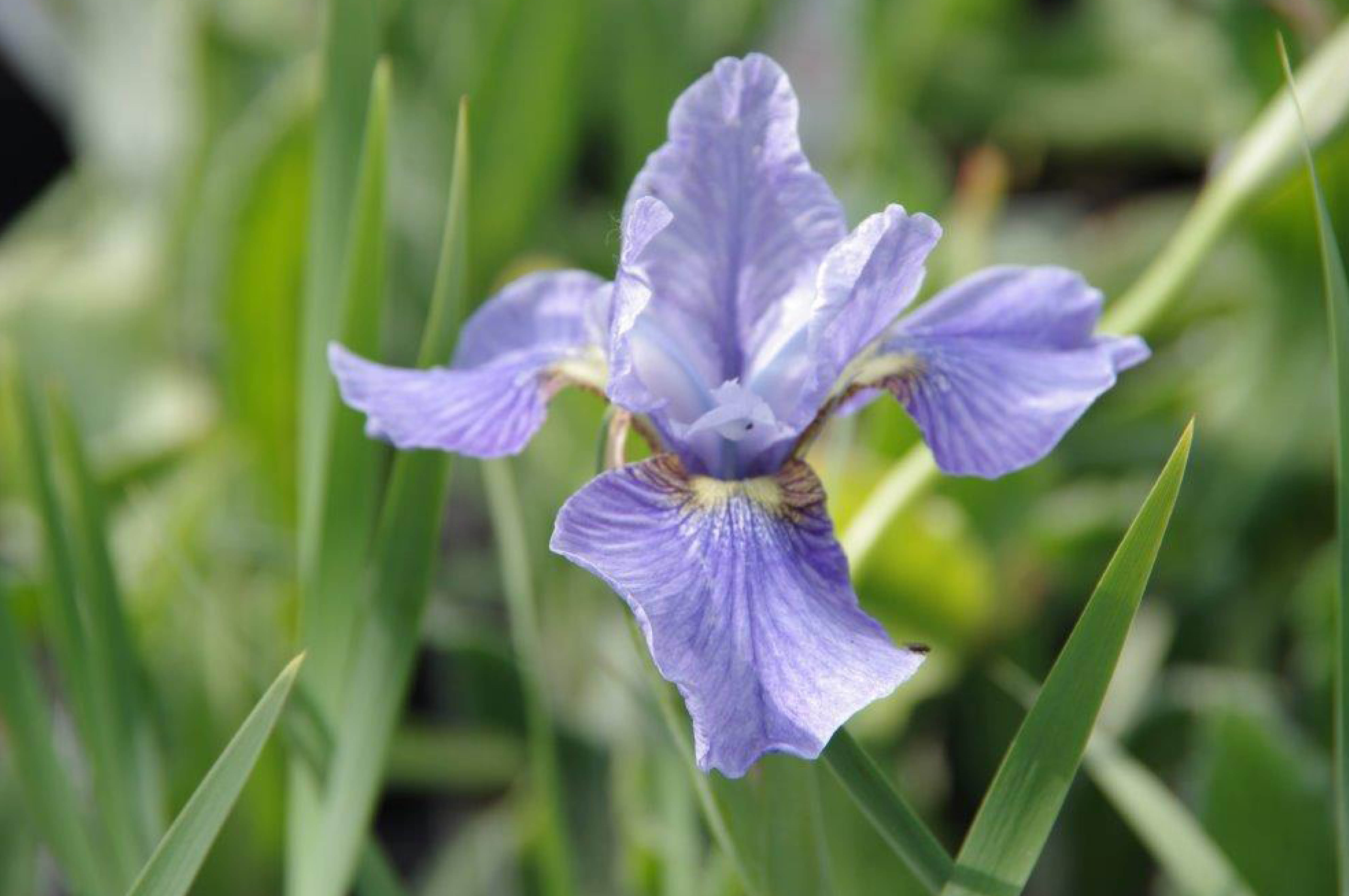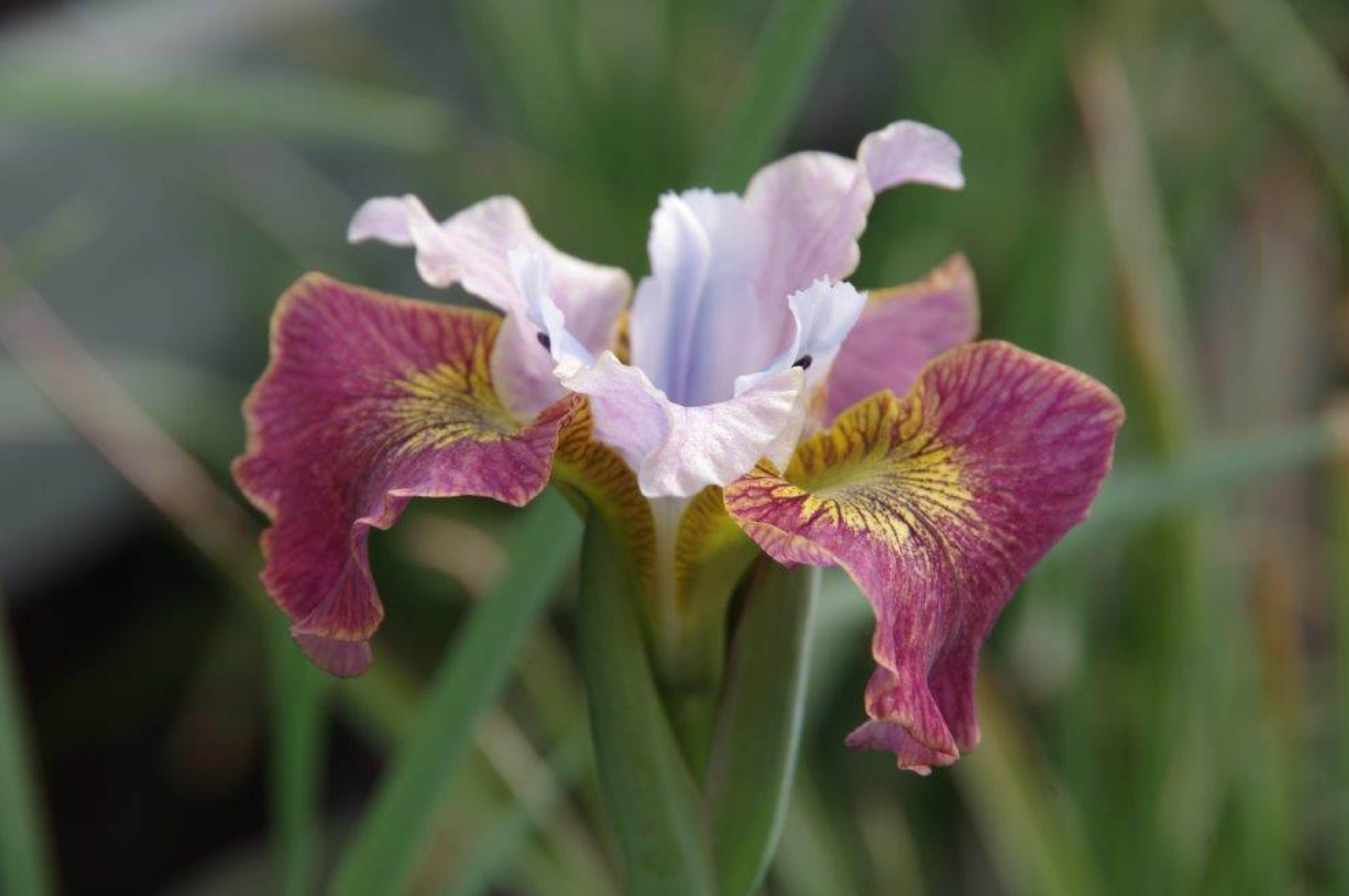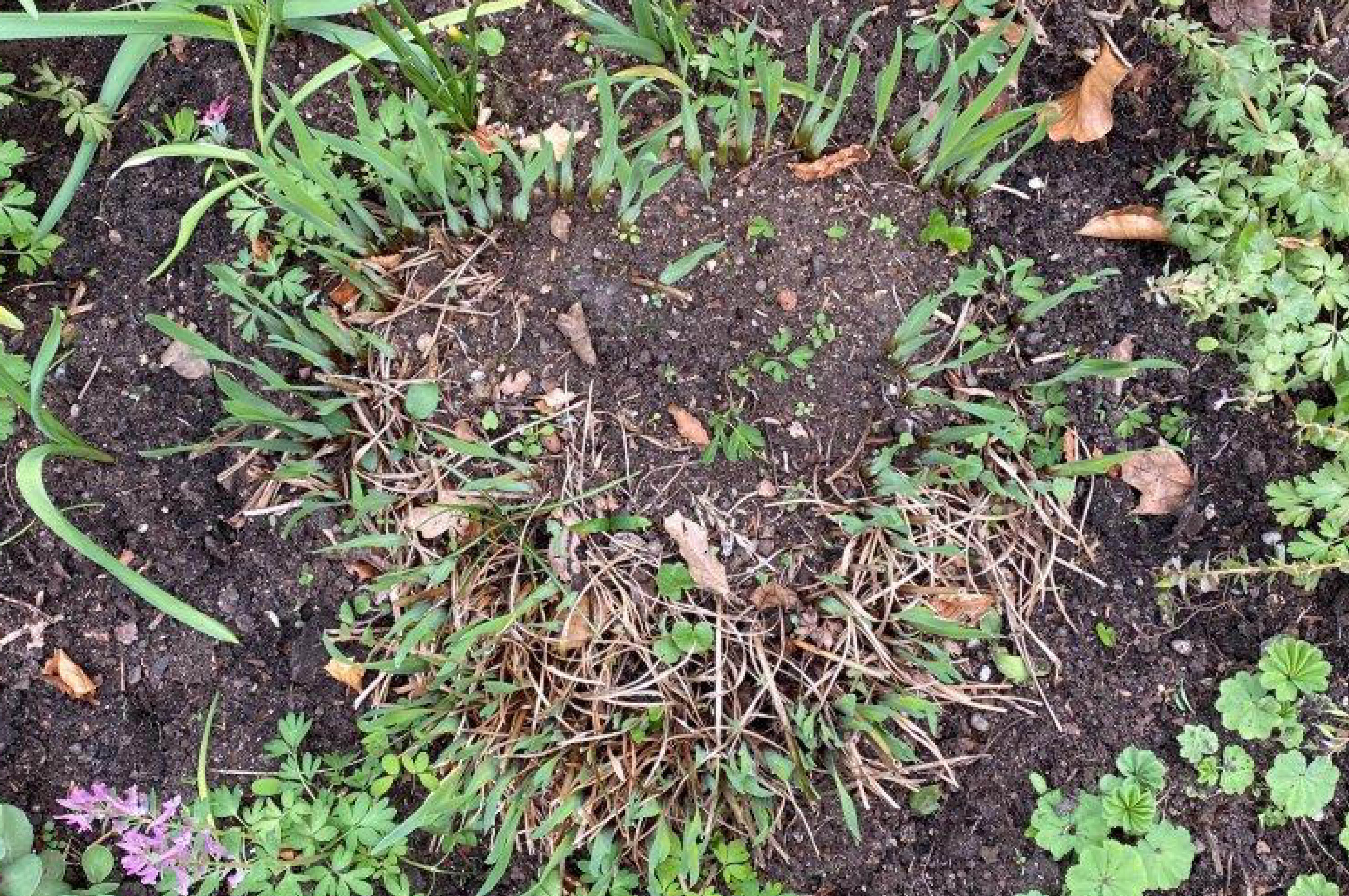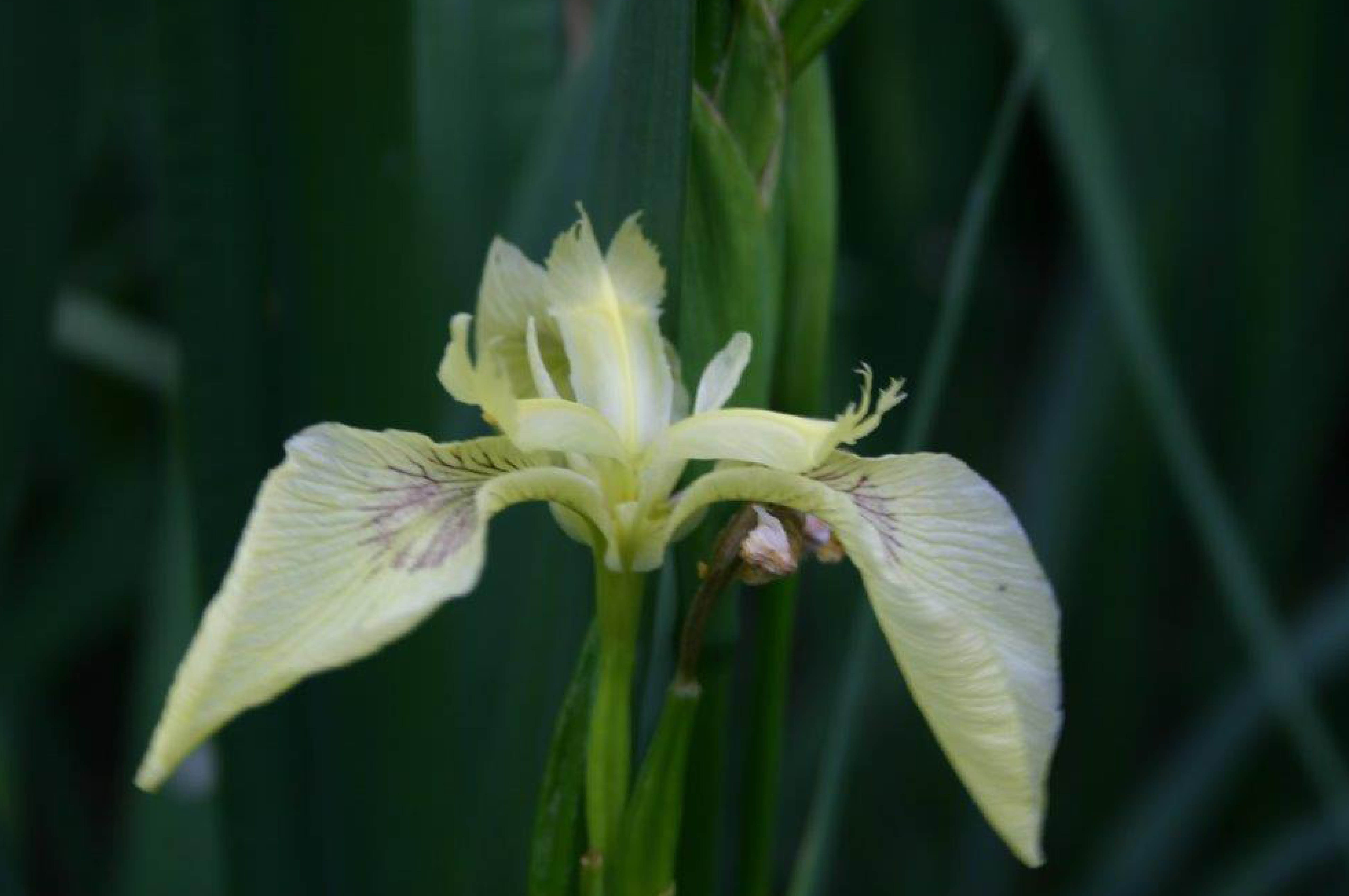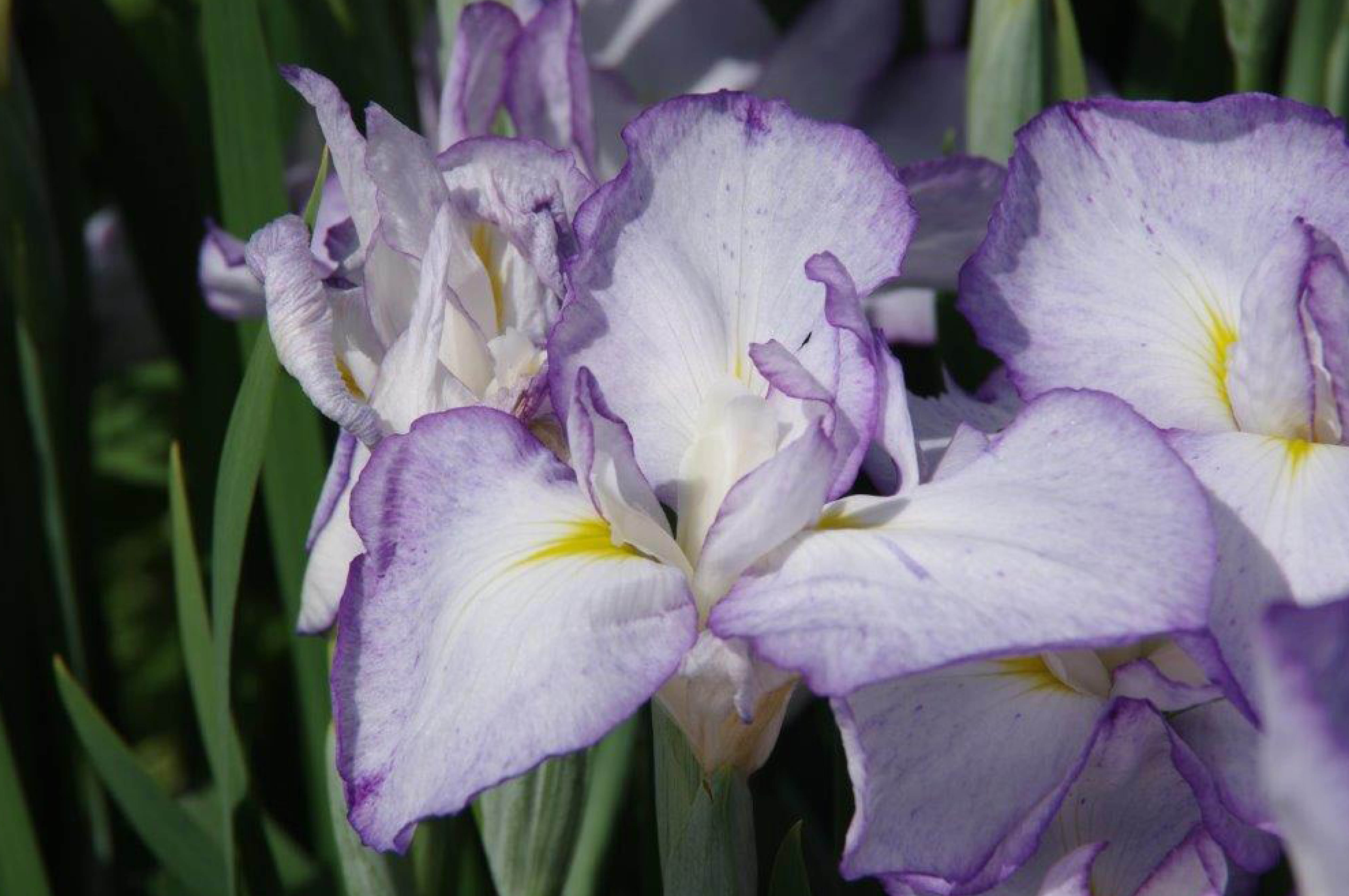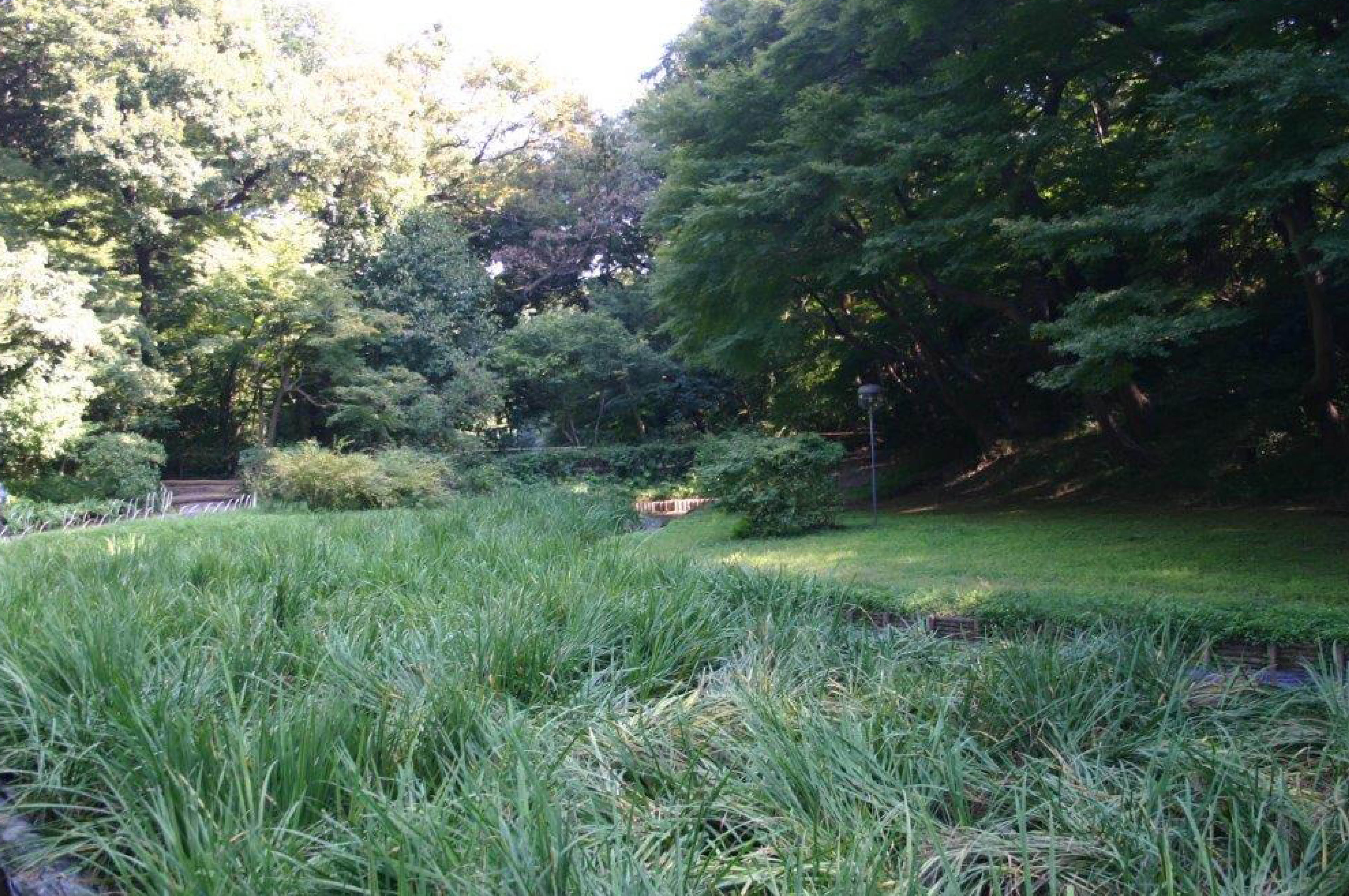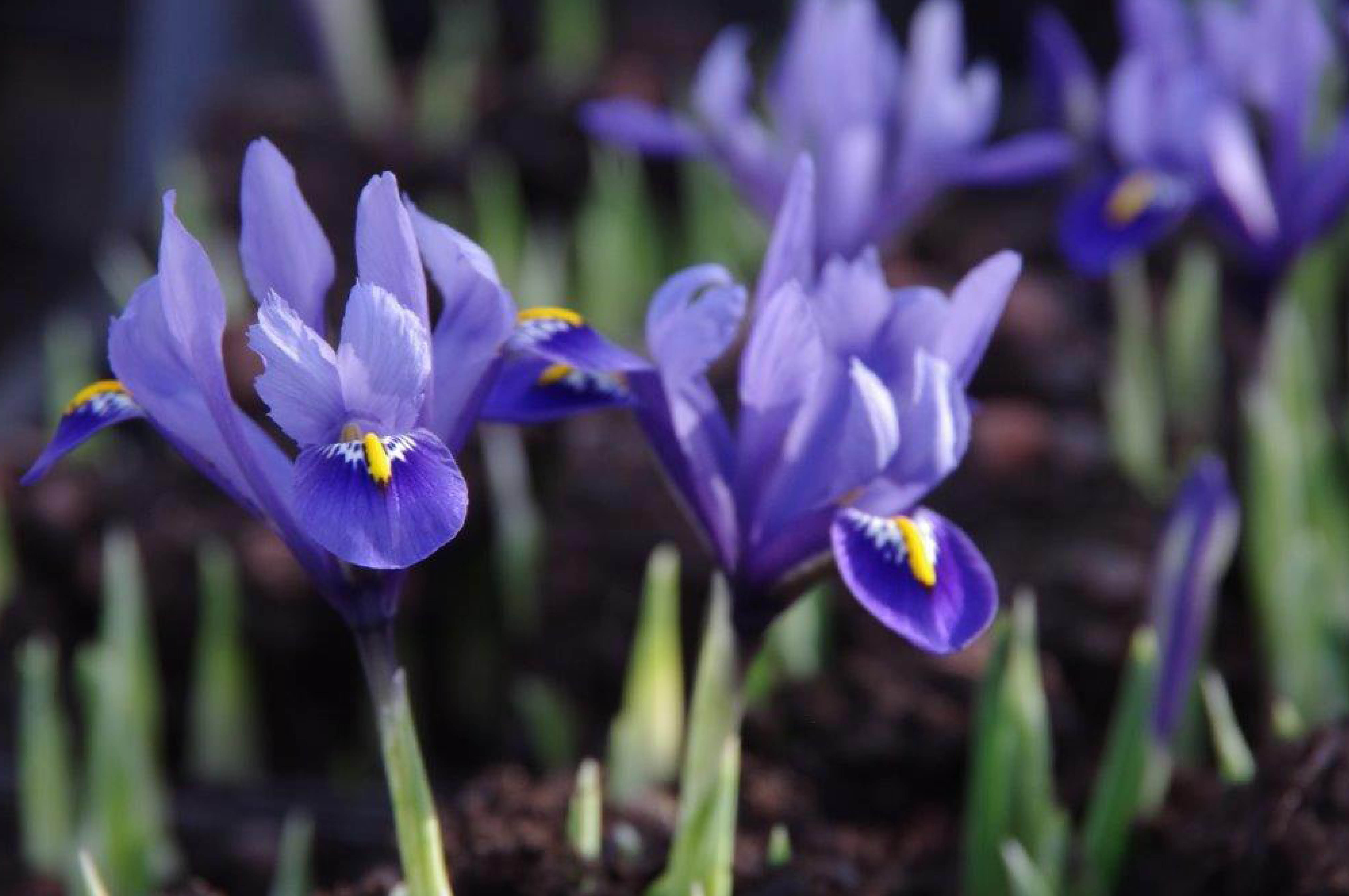
Iris
Obwohl draußen die Narzissen immer noch blühen, und die Tulpenzeit gerade erst begonnen hat, habe ich die ersten Schwertlilien schon gesichtet.
Es sind nicht die ersten Iris, die blühen. Die zarte Iris unguicularis, die trocken-liebende winter-blühende Kretische Iris* hat den letzten Winter gut überlebt, an einer geschützten Stelle an einer Südwand. Im Sommer sind sie beschattet von Kübelpflanzen, aber das scheint sie nicht zu stören. Auch die kleinen frühlingsblühenden Schwertlilien, wie die gelbe Iris danfordiae (Gelbe Zwerg-Iris) und die verschiedenen I. reticulata** (Netzblatt-Iris) wie 'Harmony' und 'J.S. Dijt' sind langblühend. Diese knolligen Arten kauft man am besten im Herbst als Zwiebeln und pflanzt sie in Töpfe, Steingärten oder trockenere Wiesen mit guter Drainage.
Iris
Although the Narcissus are still flowering, and the tulip season is only just coming into full swing, I did spot the first bearded irises flowering already.
They are not the first to flower though. The delicate Iris unguicularis,* a drought-tolerant Algerian Iris has survived the last winters well, planted at the foot of a south-facing wall in a very sheltered position. During the summer months, she is shaded by plants standing on the terrace, which does not seem to bother her at all. The small spring-flowering irises such as the yellow Iris danfordiae (Gelbe Zwerg Iris) and the various I. reticulata** (Netzblatt Iris) such as ‘Harmony’ and ‘J.S. Dijt’ are also long-finished. These bulbous types are best bought in the autumn as bulbs, and planted in pots, rockeries, or drier meadows with good drainage.
